Results
-
 £25.00
£25.00Praelude - Brass Band Sheet Music Full Score & Parts - LM350
COMPOSER: Wilfried WeilandAn original composition ideal for a concert opener from Wilfried WeilandPlenty of work from all sections making this piece a stunning start to your concert.LM350 - ISMN : 9790570003501
In Stock: Estimated dispatch 3-5 working days
-
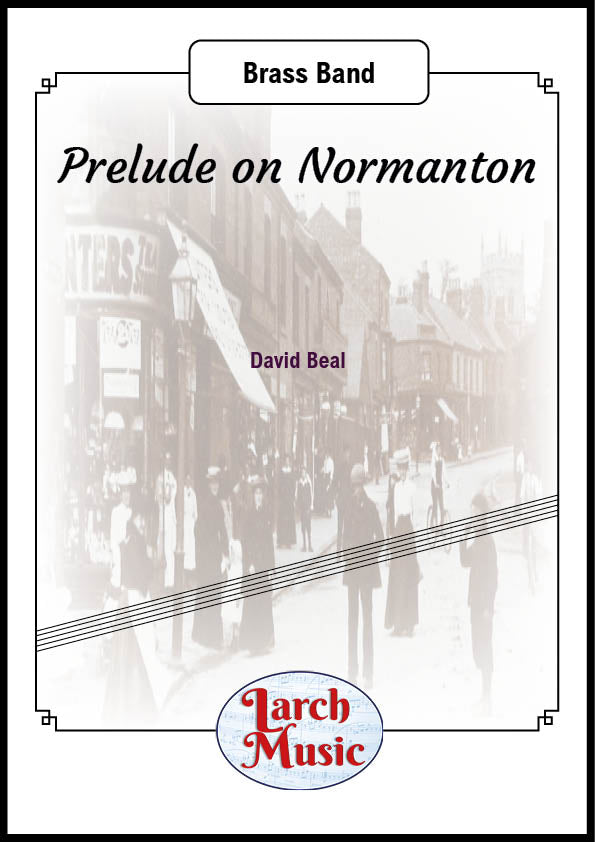 £30.00
£30.00Prelude on Normanton (David Beal) - Brass Band Full Score and Parts - LM492
COMPOSER: David BealISMN : 9790570004928An original composition incorporating the hymn tune Normanton by Thomas NealThis piece was specially written for the band "Generation Groove", a community wind band.It was premiered by Generation Groove at The Menin Gate, Ypres (Belgium) 2nd August 2024LM492ISMN : 9790570004928
In Stock: Estimated dispatch 3-5 working days
-
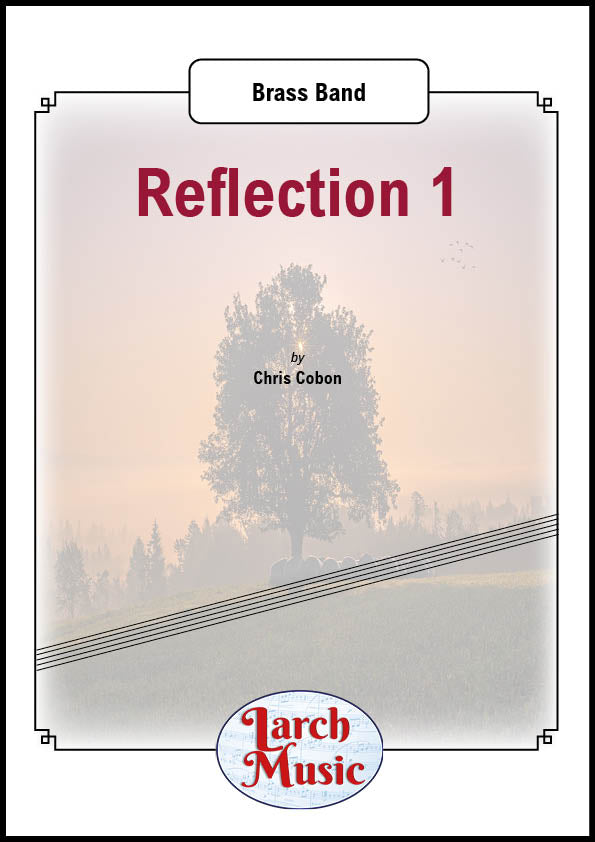 £25.00
£25.00Reflection 1 - Brass Band - LM228
COMPOSER: Chris CobonA great concert piece from the pen of Chris CobonReflect on the days gone by with this wonderful tune.One to add to your concerts this year and sure to be a crowd pleaser.Sure to be an earworm after your concert.
In Stock: Estimated dispatch 3-5 working days
-
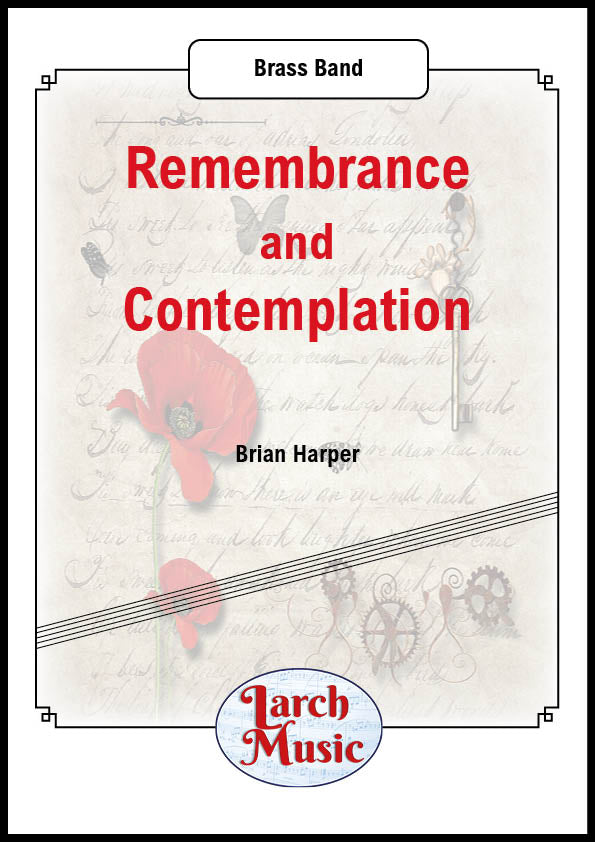 £25.00
£25.00Remembrance and Contemplation (Brian Harper) - Brass Band Full Score and Parts - LM432
COMPOSER:Brian HarperReflection of the events around November 11th, Remembrance DayFlowing melodies and poignant thoughts occur throughout the piece.
In Stock: Estimated dispatch 3-5 working days
-
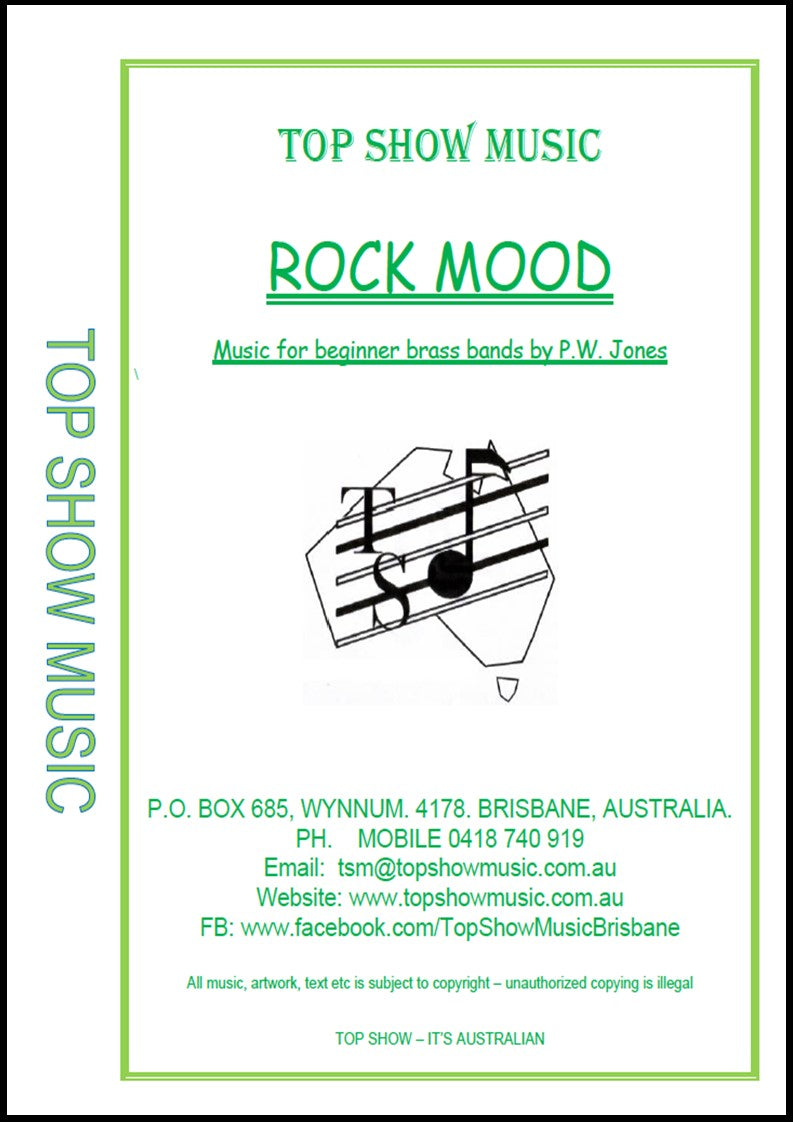 £25.00
£25.00Rock Mood - Brass Band - TSM016 - P. W. Jones
COMPOSER: P. W. Jones"Rock Mood" has been written with the beginner Band in mind. The arrangement focuses on rhythm and sectional playing.This piece has quavers in pairs or, groups of four which always start on beats one or three. Pitch does not change on any pair but may change on the second pair of a group of four. Staccato and staccatissimo are both used in this composition. Please ensure that the difference is observed by the players and more importantly, play full value notes where no staccato or, staccatissimo is shown."Rock Mood" is a very sectional arrangement with tutti and soli sections. The soli sections may be played soli or if desired, as a solo. There are also cues to assist in flexibility for missing instruments and artistic freedom for the conductor.Some alternate parts (see below) have been included to cater for the different methods and syllabus.
In Stock: Estimated dispatch 3-5 working days
-
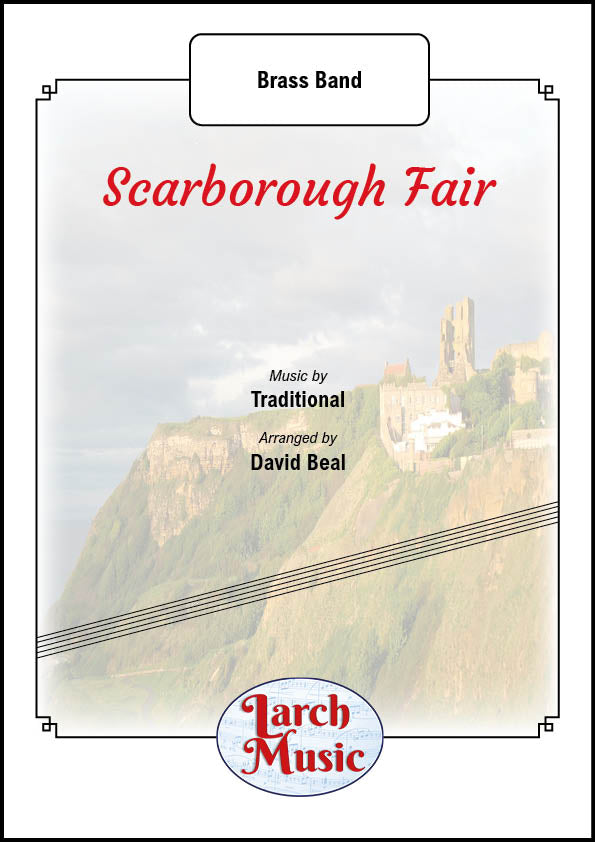 £30.00
£30.00Scarborough Fair - Brass Band Sheet Music Full Score & Parts - LM006
COMPOSER: TraditionalARRANGER: David BealBrass Band Sheet Music Full Score & PartsA fantastic arrangement of this classic folk tune.A slightly different approach to this traditional tune.After the initial opening the main tune is played on Solo Horn which is passed onto cornets. A light drum backing compliments the melody.An unusual turn in the music takes you from a minor to a major key and also from the tune being in 3/4 now changes to 4/4.A fantastic concert piece.Would suit most bands.LM006 - ISMN : 9790570000067
In Stock: Estimated dispatch 3-5 working days
-
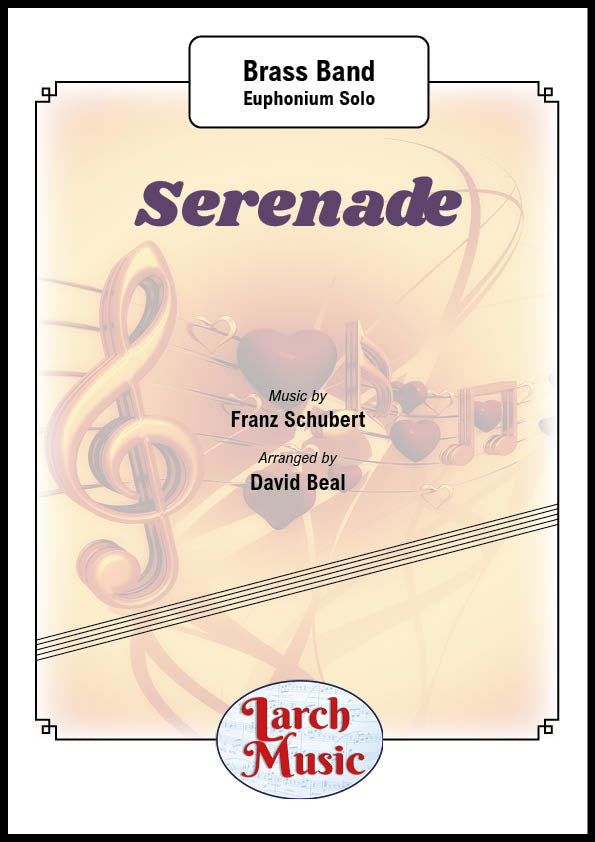 £25.00
£25.00Serenade (Schubert arr. by David Beal) - Euphonium & Brass Band Full Score and Parts - LM008
COMPOSER: SchubertARRANGER: David BealA Fantastic arrangement of this classic Schubert tune.A light arrangement of this tune. Euphonium Solo with delicate backing from the band. A light drum backing compliments the piece.ISMN - 9790570000081
In Stock: Estimated dispatch 3-5 working days
-
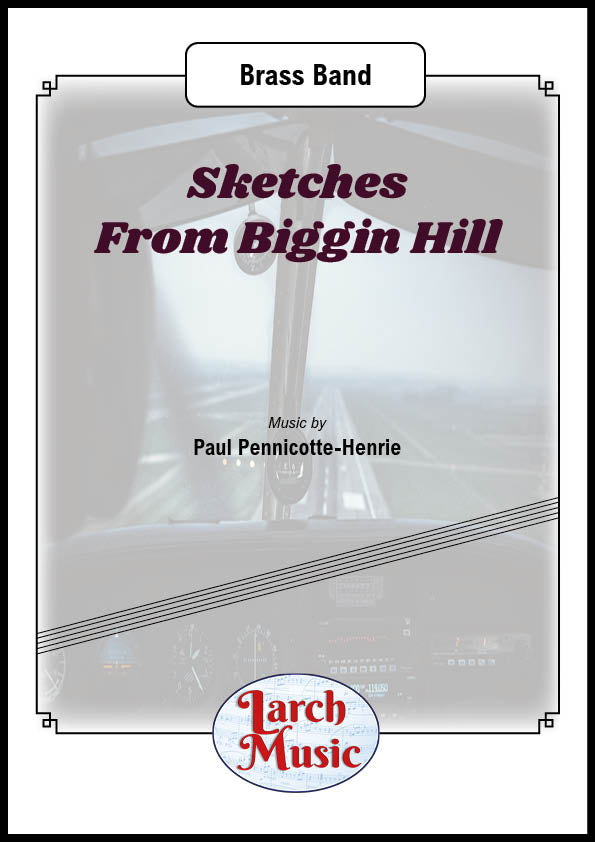 £55.00
£55.00Sketches From Biggin Hill - Brass Band Sheet Music Full Score & Parts - LM352
COMPOSER: Paul Pennicotte-HenrieA delightful descriptive original composition from Paul Pennicotte-Henriedepicting life at Biggin HillThree continuous movements in this 8 minute piece although the movements could be played on their own.Chocks AwayAbove The CloudsFly PastHear life at Biggin Hill through this descriptive work by Paul with a great take off up to the clouds with lush harmonies before a tremendous quick concert march flypast to finish the offA great addition to your next concertSuitable Section 4 UpwardsLM352 - ISMN : 9790570003525
In Stock: Estimated dispatch 3-5 working days
-
 £30.00
£30.00Slane (Hymn Tune) - Brass Band - Frank Culross
COMPOSER:ARRANGER: Frank CulrossCLICK HERE TO HEAR THIS PIECE - Slane arr: Frank Culross
In Stock: Estimated dispatch 3-5 working days
-
 £30.00
£30.00St Anthony's Chorale - Brass Band - Handel
COMPOSER: HandelARRANGER: Peter RatnikCLICK HERE TO HEAR THIS PIECE - St Anthony's Chorale (Handel) Arr: Peter Ratnik
In Stock: Estimated dispatch 3-5 working days










